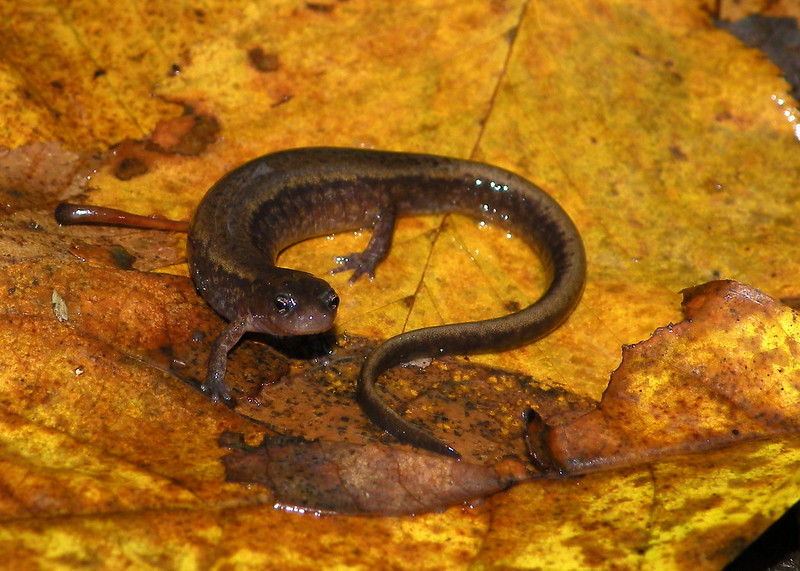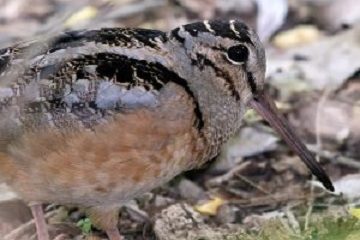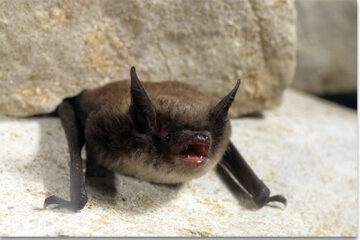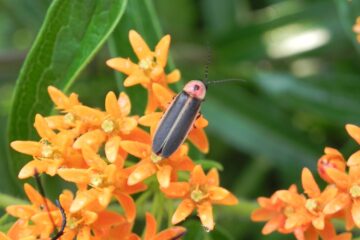 Northern Two-lined Salamander
Northern Two-lined Salamander
Eurycea bislineata
Habitat: The Northern Two-lined Salamander is usually found near brooks, swamps, seeps, floodplains and damp forests in the Eastern United States and Canada.
Food: Both juvenile and adult salamanders feed on fish, insects, crustaceans, worms and even small mice.
Behavior: Adults live on land and lay their eggs in water. Most salamanders are nocturnal and can be found hiding under rocks in streams and under logs and leaves in damp forests.
Life Cycle: A male salamander will court a female by rubbing its chin against the female and the two will interwine their tails. Females pick up a packet of sperm deposited by the male and stores it in her body until she lays her eggs in autumn. Eggs are deposited by the female under a submerged log or rock. Eggs hatch into larvae with tufted external gills. The Northern Two-lined Salamander may spend several years in the water before losing its gills and becoming land-dwelling adults.
Conservation: The population of Northern Two-Lined Salamanders are considered secure/stable in the State of New Jersey.
Interesting Facts: Adults are 2 ½ to 4 ¾ inches long and have a broad yellow, green or bronze stripe on its back, bordered by a dark stripe from eye to tail on each side. It has a broken row of dark spots between the lines on its sides. The tail is flattened from side to side. Salamanders have thin, moist skin, four toes on their front feet, and no claws.
Back to the Learning Resource Hub
Credits/Resources:
NJ Conserve Wildlife website at: www.conservewildlifenj.org/downloads/cwnj_448.pdf
The Readers Digest Association, Inc. Reader’s Digest North American Wildlife – An Illustrated Guide to 2,000 Plants and Animals. Pleasantville, NY. Montreal. 1982
Zim, Herbert S. and Smith, Hobart M. A Golden Guide to Reptiles and Amphibians. Golden Books Publishing. New York, New York. 1987.
Please share any questions, comments, or photos that you and your child have on the Raritan Headwaters Learning Community Facebook Page!
More Raritan Headwaters Learning Resources



